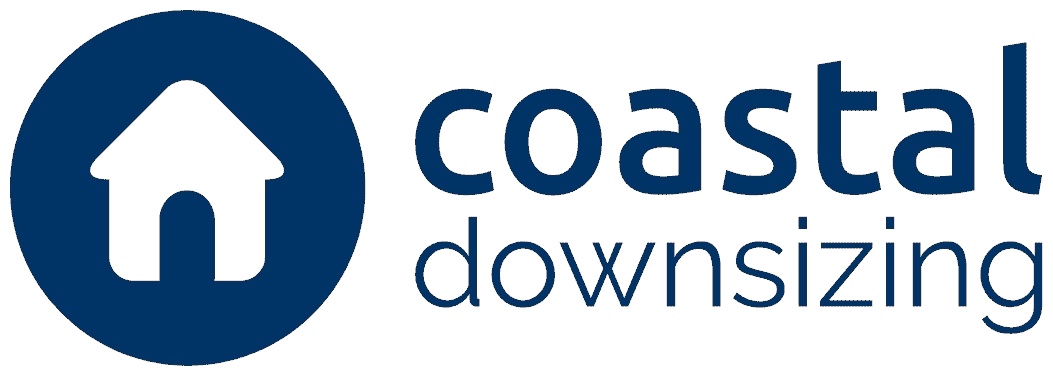What Is the Difference Between a Reserve Auction and an Absolute Auction?
Read on to learn the answer to one of the most commonly asked questions!
At Coastal Downsizing, one of the most common questions we hear from both buyers and sellers in Virginia is, “What’s the difference between a reserve auction and an absolute auction?” The terms can sound confusing, but the distinction is simple—and knowing the difference is important when you’re deciding how to sell real estate or personal property.
What is a Reserve Auction?
A reserve auction means the seller sets a minimum price (the “reserve”) that must be met before the property or item is officially sold. If bidding doesn’t reach that threshold, the seller is not obligated to accept the highest bid. Reserve auctions give sellers security, making sure they don’t part with an asset for less than they’re comfortable with.
For example, if a seller sets a reserve of $250,000 on a home, and the highest bid is $240,000, the seller has the right to reject the bid and keep the property.
Reserve auctions are common in Virginia real estate auctions and higher-value personal property sales, especially when a seller has a minimum they need to achieve.
Pros of a reserve auction: sellers have peace of mind, and it works well when the asset is unique or high-end.
Cons: some buyers hold back if they believe the reserve is set too high, which can slow momentum.
What is an Absolute Auction?
An absolute auction means the property sells to the highest bidder regardless of price. There is no reserve or safety net. Absolute auctions generate maximum excitement because buyers know from the start that the property will sell.
For example, if a home is offered at absolute auction and bidding ends at $180,000, then
$180,000 is the final sale price—even if the seller hoped for more.
Absolute auctions are powerful in downsizing auctions, estate liquidations, and personal property sales because they create urgency, draw in more bidders, and often drive prices higher through competition.
Pros of an absolute auction: more bidders, higher participation, and often stronger results when paired with professional advertising.
Cons: no protection for the seller if bidding is softer than expected, so they require confidence in the market and the marketing plan.
Reserve Auction vs. Absolute Auction: Which Is Right for You?
Both auction methods work, but the right choice depends on your goals. A reserve auction is best if you need a safety net. An absolute auction is often better if you want the strongest participation, maximum exposure, and a guaranteed sale on auction day.
At Coastal Downsizing, we guide families throughout Virginia in choosing between reserve and absolute auctions. Sometimes we recommend a reserve—especially for unique or high-value property. Other times, we suggest an absolute auction to build urgency, increase competition, and ensure the estate or downsizing project is completed on time.

Final Thoughts
Whether reserve or absolute, estate auctions and downsizing auctions in Virginia provide sellers with transparency, speed, and competitive bidding. Even the world’s most valuable assets—fine art, collector cars, luxury estates—are sold at auction using both formats, depending on the seller’s needs. The key is pairing the right auction type with professional marketing and management so your assets reach the right buyers and achieve their true market value.

